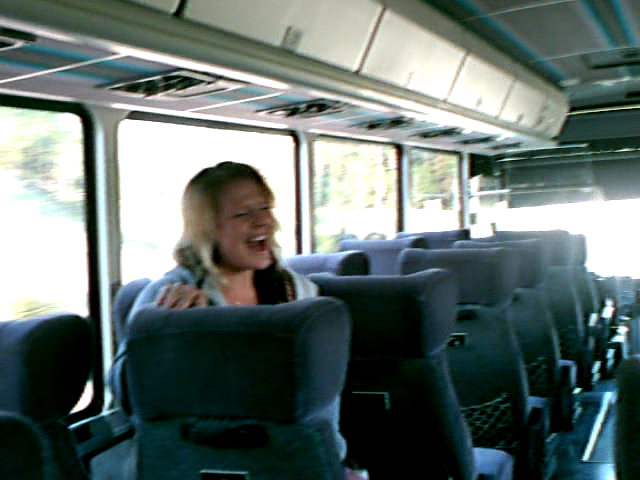What images and videos tell us about why Swiss bar fire spread so quickly
-
How the blaze took hold with such ferocity, killing at least 40 people and
leaving many more critically injured, is now a key focus for officials.
27 minutes ago





















+NEW+YORK+hot+movie+008.jpg)
+LasVegas+gals+vlcsnap-16038.png)





THINKING BEYOND BORDERS & INVISIBLE ''WALLS'' ...
ReplyDeleteProfessor Beery,
Thank you for your thought-provoking analysis of Scalia’s opinion on the Colorado amendment in light of Nazi propaganda. Since Scalia himself used the term kulturkampf, it might be advisable to allude to the “softer” discrimination in the interests of nation-building/unification deployed by Otto von Bismarck. Since Bismarck’s “war” was waged in large part against Catholics, it might in fact be part of Scalia’s historical references (though surely one would think that he would be alerted to the dangers of any such discriminatory policies if he was aware of Bismarck’s legislation – he might not care about the anti-socialist components, but the Catholic component might resonate!). It would seem that the war against heterodoxy and the campaign to defend what those in power have deemed to be “appropriate” behaviors/attitudes echoes Bismarck’s post-unification efforts – and would likely seem to be a more acceptable model, since Bismarck hounded/imprisoned/fined rather than executed what he labeled adversaries of “Germany”. If you are looking for additional scholarship on Nazi propaganda and the rhetorical construction of Jews as vermin/cancer, etc., you might have a look at Thomas Pegelow Kaplan’s “The Language of Nazi Genocide” (Cambridge UP, 2009) [he is a professor at Davidson and an erstwhile grad school colleague of mine].
Thank you again for sharing your article-in-progress – and thank you, too, for undertaking the thankless role of public intellectual in the US c. 2011!
Best regards,
Melanie
What is the box and how do people get trapped inside of it? The box is a way of being and thinking that confines and defines us. Most often, we find ourselves stuck inside — perhaps not even realizing we’re in one, born into one or deluded into climbing into one — unless we somehow manage to recognize our surroundings and become moved to break out. For most people, this never happens. Fear prevents it from occurring even when we’re shown the way out.
ReplyDeleteConsider the myth of Siddharta and how as a young man he lived in the confines of his father’s kingdom. Inside the castle walls was a known world, a safe world. But as such it was also a stifled world